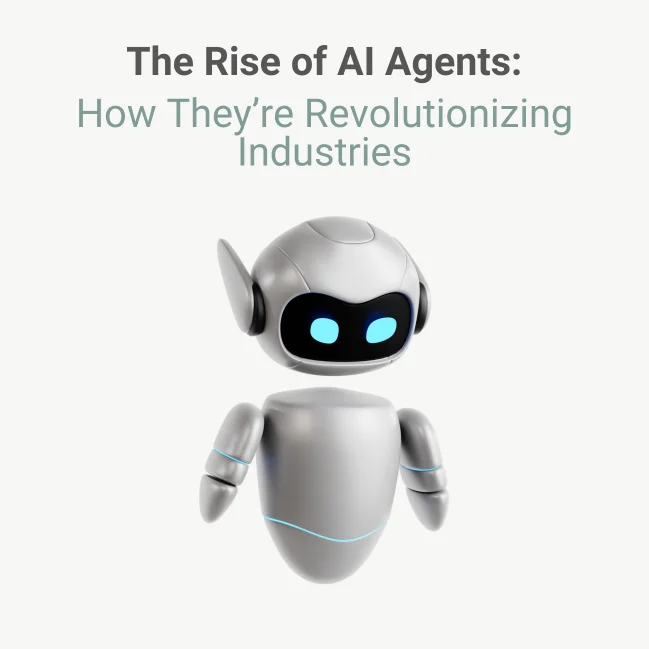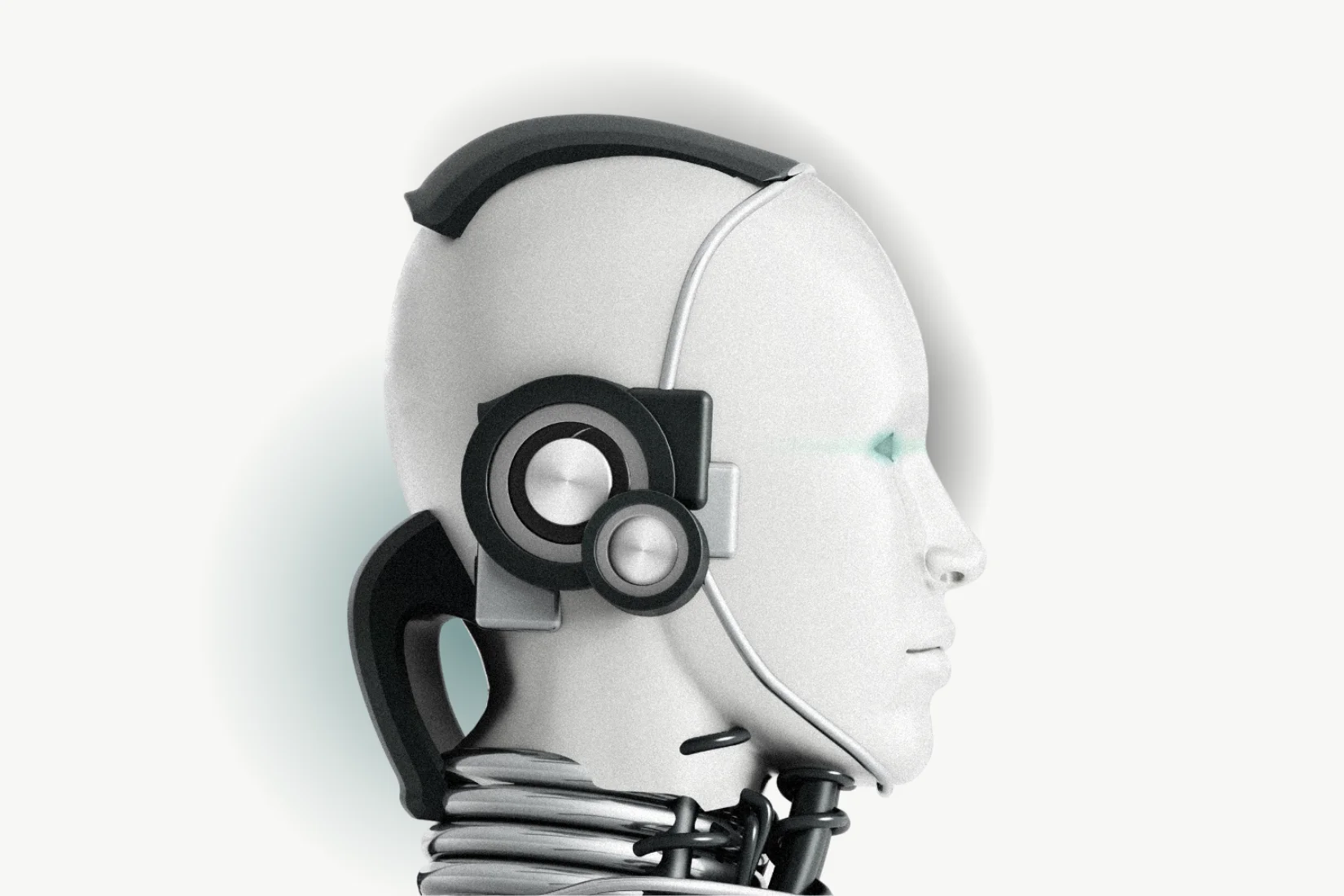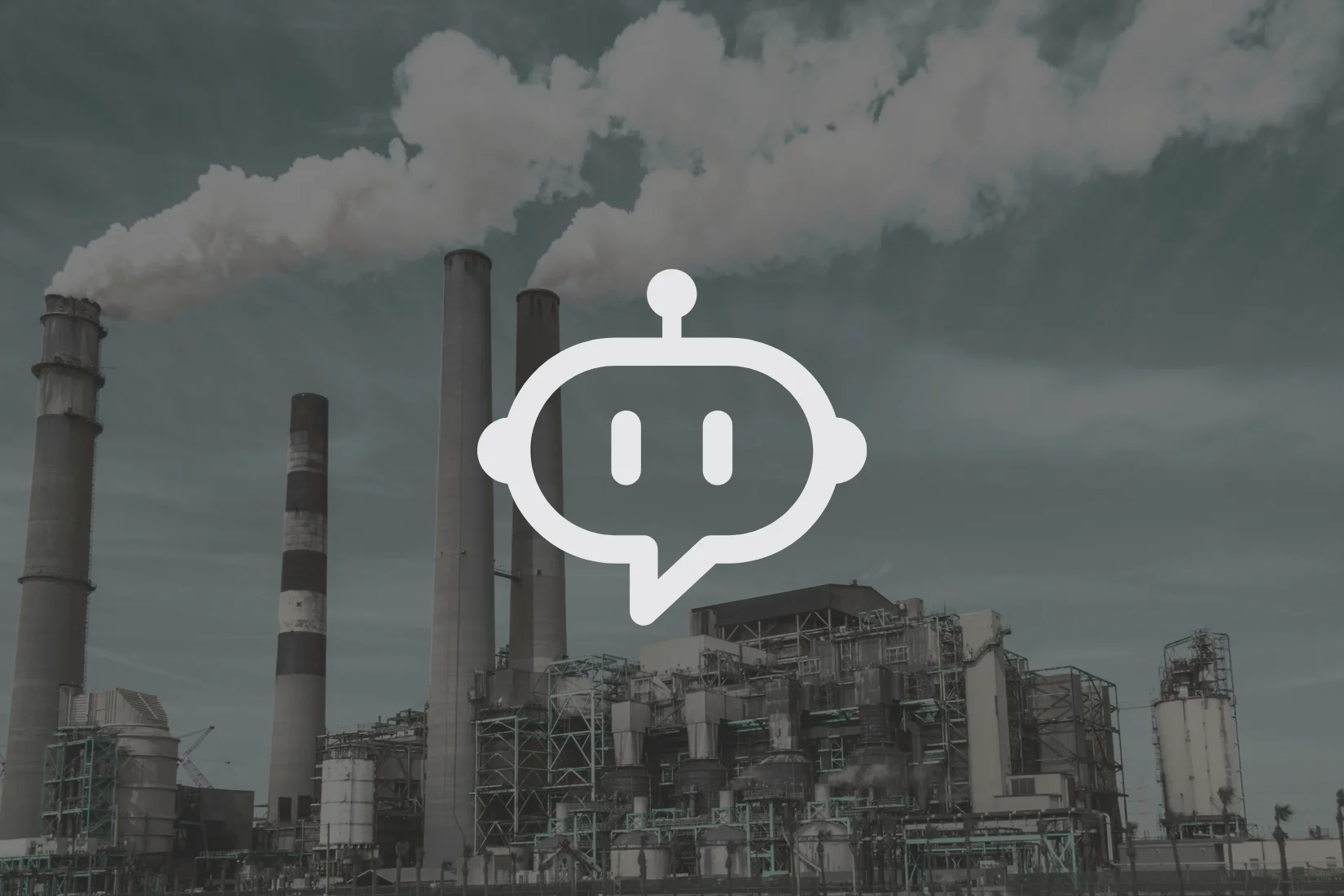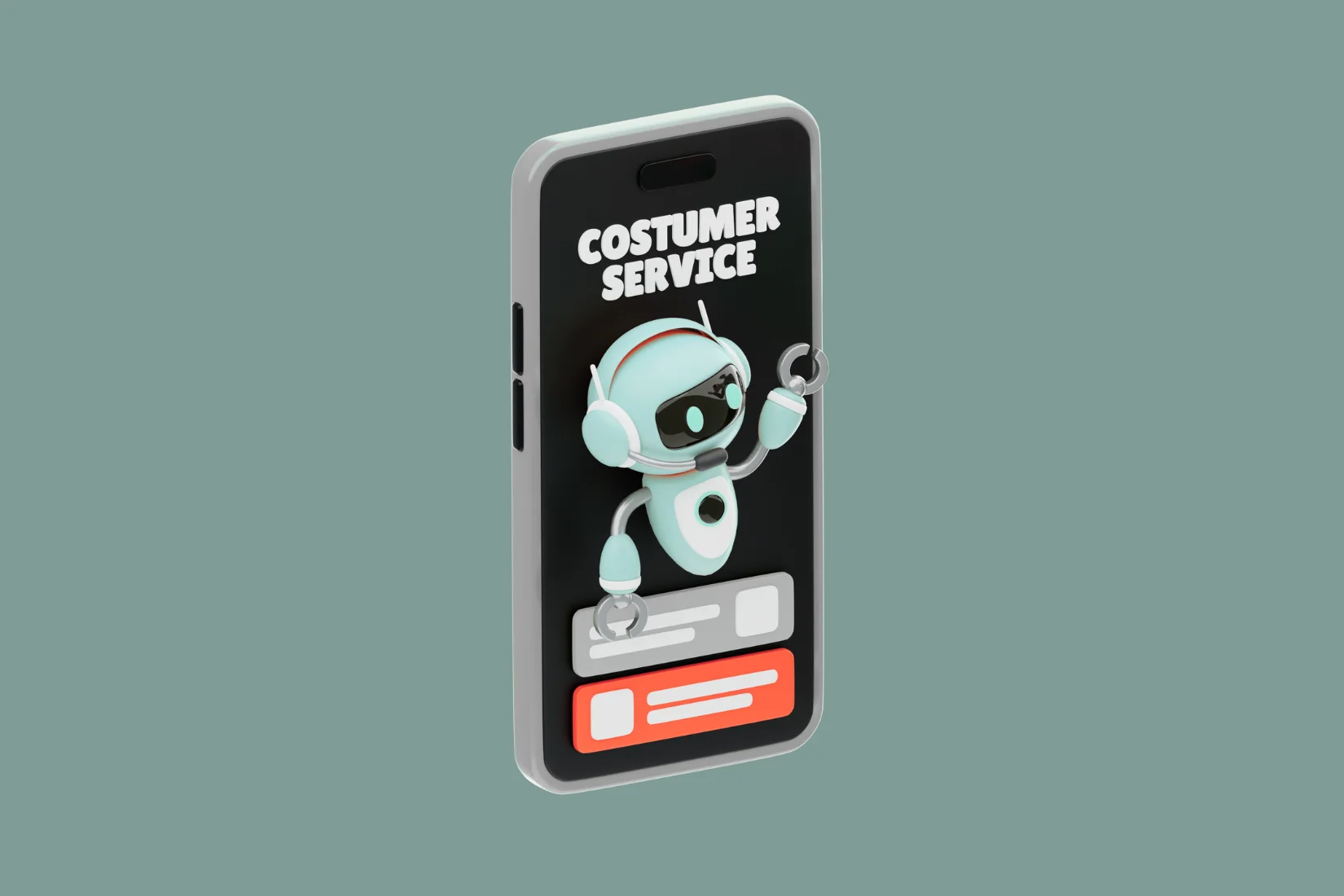In-App Purchases vs Ads: Which Strategy is Best?
You’ve created your app, and people are starting to download,...
We use cookies for our website to give you the most relevant experience by remembering your preferences. By clicking “accept”, you consent to use of ALL the cookies
This website uses cookies to improve your experience while you navigate through the website. Out of these, the cookies that are categorized as necessary are stored on your browser as they are essential for the working of basic functionalities of the website. We also use third-party cookies that help us analyze and understand how you use this website. These cookies will be stored in your browser only with your consent. You also have the option to opt-out of these cookies. But opting out of some of these cookies may affect your browsing experience.
Necessary cookies are absolutely essential for the website to function properly. These cookies ensure basic functionalities and security features of the website, anonymously.
| Cookie | Duration | Description |
|---|---|---|
| cookielawinfo-checkbox-functional | 11 months | This cookie is set by GDPR Cookie Consent plugin. The cookie is used to store the user consent for the cookies in the category “Analytics”. |
| cookielawinfo-checkbox-functional | 11 months | The cookie is set by GDPR cookie consent to record the user consent for the cookies in the category “Functional”. |
| cookielawinfo-checkbox-necessary | 11 months | This cookie is set by GDPR Cookie Consent plugin. The cookies is used to store the user consent for the cookies in the category “Necessary”. |
| cookielawinfo-checkbox-others | 11 months | This cookie is set by GDPR Cookie Consent plugin. The cookie is used to store the user consent for the cookies in the category “Other. |
| cookielawinfo-checkbox-performance | 11 months | This cookie is set by GDPR Cookie Consent plugin. The cookie is used to store the user consent for the cookies in the category “Performance”. |
| viewed_cookie_policy | 11 months | The cookie is set by the GDPR Cookie Consent plugin and is used to store whether or not user has consented to the use of cookies. It does not store any personal data. |
Functional cookies help to perform certain functionalities like sharing the content of the website on social media platforms, collect feedbacks, and other third-party features.
Performance cookies are used to understand and analyze the key performance indexes of the website which helps in delivering a better user experience for the visitors.
Analytical cookies are used to understand how visitors interact with the website. These cookies help provide information on metrics the number of visitors, bounce rate, traffic source, etc.
Advertisement cookies are used to provide visitors with relevant ads and marketing campaigns. These cookies track visitors across websites and collect information to provide customized ads.
Other uncategorized cookies are those that are being analyzed and have not been classified into a category as yet.
Cyberia Tech, Inc. respects your privacy. This Privacy Policy explains how we collect, use, and share your information. By using our services, you agree to this policy. If any other agreements conflict with this Privacy Policy, the terms of those agreements prevail.
Cyberia Tech complies with the EU-US and Swiss-US Privacy Shield Frameworks for handling personal data from the EEA, UK, and Switzerland. In case of any conflict, the Privacy Shield Principles prevail. Learn more at Privacy Shield. Key Definitions
Information linked to an individual, transferred from the EEA, UK, or Switzerland to the U.S.
Data revealing race, religion, health, sexual orientation, and similar categories.
Effective Date: [ 2025 / 11 / 29 ]
Welcome to The Cyberia Tech ! By accessing or using our website or services, you agree to
comply with and be bound by these Terms of Use and our Privacy Policy. If you do not agree with
these terms, please do not use our Services.
Loading
0 %

Business isn’t what it used to be, not in how it’s managed, how it evolves, or how it competes. A quiet but powerful shift is unfolding across nearly every sector, driven by the integration of AI agents in industry automation. These systems aren’t just lines of code running on fixed logic. They make choices, learn through experience, adapt to uncertainty, and improve over time. Known as autonomous AI agents, they’re redefining what it means to automate, moving far beyond task execution into a space that once belonged solely to human minds.
This isn’t about swapping out workers for machines. It’s about changing the structure of how operations flow, how decisions are made, and how businesses stay agile in constantly moving environments. This article explores how AI-powered automation in industries is changing everything from assembly lines to customer support, and why the move toward automation with AI is more than an upgrade. It’s a reinvention.

Traditional software systems work by following strict sets of rules. If A happens, do B. Simple, rigid, and effective, so long as nothing unexpected comes up. But business environments are rarely that tidy. They shift, they respond to markets, they carry pressure. That’s where autonomous AI agents come in. These systems are built to operate within goals, not just instructions. They gather context, process new information on the fly, and make real-time choices that push efficiency and precision to new levels.
Consider logistics. A delivery route gets blocked. Instead of needing human input, an AI agent reroutes packages based on live traffic, weather, and customer availability. In finance, agents scan enormous transaction flows to catch fraud patterns the moment they appear and respond immediately. These are not reactive tools. They’re active thinkers within a system.
The arrival of these agents represents a significant leap from traditional tools to fully adaptive automation with AI. They not only execute tasks, they improve with every iteration. The implications are massive: businesses can scale smarter, pivot faster, and innovate without being held back by fixed workflows or limited systems.

The adoption of AI-powered automation in industries is unlocking capabilities that simply weren’t possible before. Unlike conventional programs that rely on human-defined logic, AI agents can analyze real-time data, uncover patterns, and generate decisions with little to no supervision. This has given rise to more fluid, more responsive operations across sectors that depend on speed and complexity.
In manufacturing, autonomous AI agents keep their eyes on production lines 24/7. They detect micro-changes in machine behavior, anticipate potential breakdowns, and adjust workflows instantly to maintain output. In logistics, AI agents optimize supply chains, not just based on past data but predictive models that foresee shifts in demand, shortages, or delays. In healthcare, they assist in diagnosis, suggest treatment paths based on case data, and tailor care plans around the unique history of each patient, all in real time.
What sets this type of AI-powered automation in industries apart is its scale and continuity. These agents don’t clock out. They don’t get distracted. And when something changes, they change with it. Businesses no longer need to rely solely on manual oversight to manage complexity—they now have intelligent systems that grow smarter with every task.

There’s a fundamental difference between traditional automation and the new wave of intelligent systems. Traditional automation is built to follow instructions and repeat tasks exactly. It’s rigid, reliable, and perfect for environments where nothing changes. But business today isn’t static; it shifts constantly, and what worked yesterday often breaks under today’s pressure.
That’s why automation with AI has become essential. AI agents learn. They recognize outcomes, adjust behaviors, and improve through feedback. Take customer support as an example. A rule-based bot can respond to a preset list of questions, but if a user goes off-script, it falls apart. An autonomous AI agent, however, understands context, uses data from multiple sources, and refines its answers based on previous conversations. The longer it works, the better it gets.
This kind of flexibility isn’t a nice-to-have, it’s a game-changer. Businesses aren’t just automating labor. They’re automating understanding, reasoning, and continuous decision-making. That shift marks the difference between systems that assist and systems that think.

Customer service has always been a pain point, slow responses, long wait times, and robotic replies. But now, thanks to the rise of AI agents in industry automation, that experience is changing. What used to require large support teams can now be handled by intelligent systems that don’t just process questions; they understand people.
Modern autonomous AI agents use natural language processing to comprehend not just the words a customer types, but the meaning, tone, and emotional intent behind them. They can manage complex, multi-step requests, anticipate problems before they’re reported, and hand over seamlessly to human agents only when truly necessary. They remember previous interactions, personalize responses, and even adjust their tone based on the customer’s mood.
In industries like banking, retail, and telecommunications, where user experience is everything, AI-powered automation in industries is not just improving support. It’s setting a new standard. Support systems are now available 24/7, fluent in multiple languages, and capable of learning at a scale no human team can match.
For businesses, that means leaner operations and reduced costs. For customers, it means smoother, faster, more satisfying interactions. It’s one of the clearest examples of how automation with AI is not just supporting teams; it’s elevating the entire customer journey.
We’re no longer in the phase of asking whether AI agents in industry automation are useful, they’ve already become essential. From real-time logistics adjustments to personalized customer interactions, the move toward automation with AI is reshaping how companies function at their very core.
By adopting AI-powered automation in industries, businesses are doing more than improving performance. They’re building systems that react, learn, and grow. They’re preparing for a world where speed, precision, and adaptability are the baseline; not the goal.
And it doesn’t stop here. As autonomous AI agents become even more advanced, they’ll move deeper into strategic roles, making not just operational choices, but influencing direction and growth. The shift from predictable routines to intelligent decision-making is already underway. The only question left is how far we’ll take it, and how ready we are to lead the change.
You Can Get More Information!
